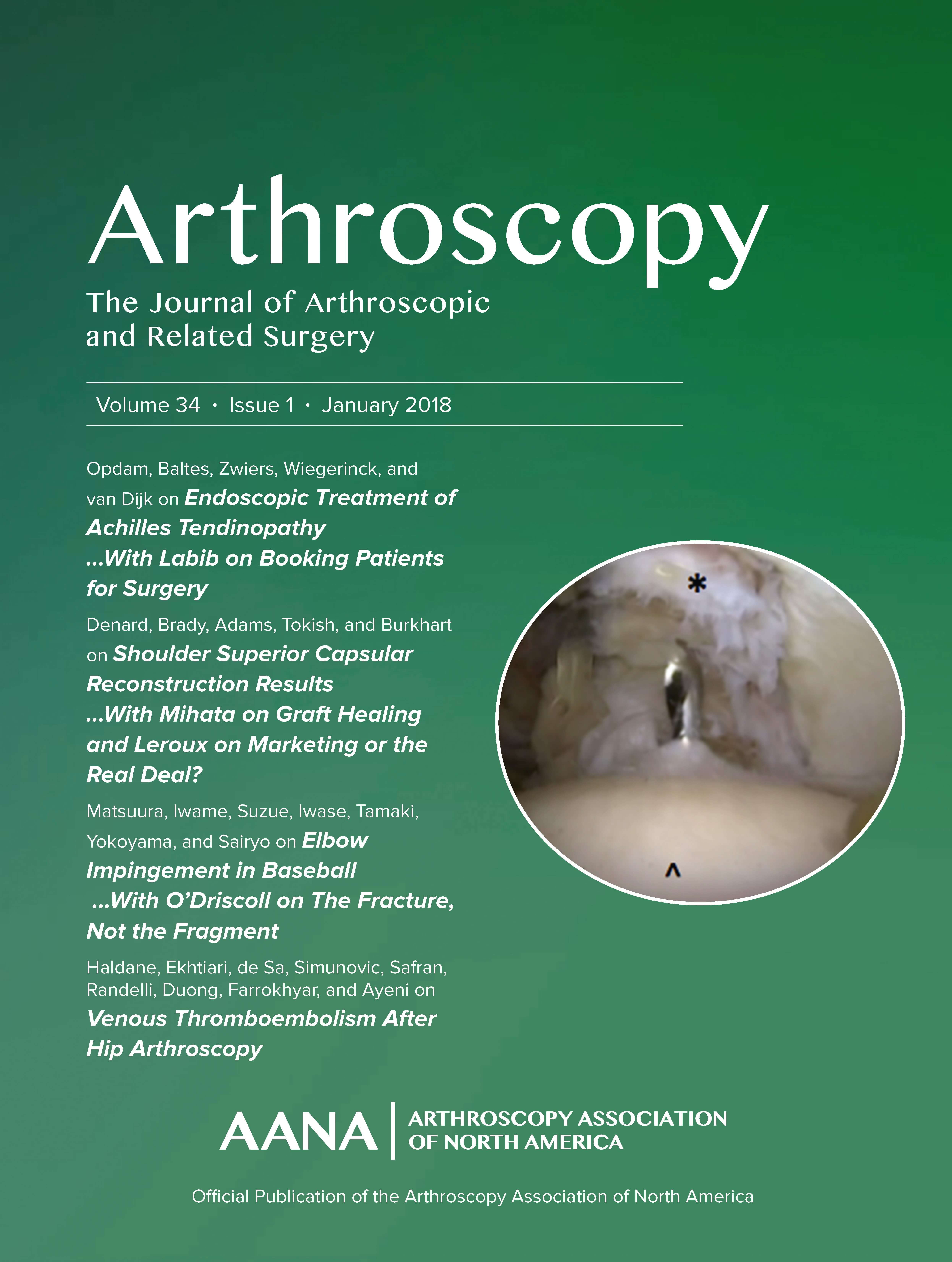
Subchondral Drilling, Peripheral Blood Stem Cells and HA for Chondral Defects of the Knee

Subchondral Drilling, Peripheral Blood Stem Cells and HA for Chondral Defects of the Knee
Arthroscopic Subchondral Drilling Followed by Injection of Peripheral Blood Stem Cells and Hyaluronic Acid Showed Improved Outcome Compared to Hyaluronic Acid and Physiotherapy for Massive Knee Chondral Defects: A Randomized Controlled Trial.
Arthroscopy . 2021 Aug;37(8):2502-2517.Did you know you're eligible to earn 0.5 CME credits for reading this report? Click Here
Synopsis
One hundred and twenty patients with massive subchondral knee defects were randomized to the intervention group undergoing arthroscopic subchondral drilling followed by peripheral blood stem cell and hyaluronic acid injections (n=60) or a control group receiving hyaluronic acid injections and physiotherapy (n=60). The coprimary endpoints were the subjective International Knee Documentation Committ...
To view the full content, login to your account,
or start your 30-day FREE Trial today.
FREE TRIAL
LOGIN
Forgot Password?
Explore some of our unlocked ACE Reports below!

Learn about our AI Driven
High Impact Search Feature
Our AI driven High Impact metric calculates the impact an article will have by considering both the publishing journal and the content of the article itself. Built using the latest advances in natural language processing, OE High Impact predicts an article’s future number of citations better than impact factor alone.
Continue



 LOGIN
LOGIN

Join the Conversation
Please Login or Join to leave comments.